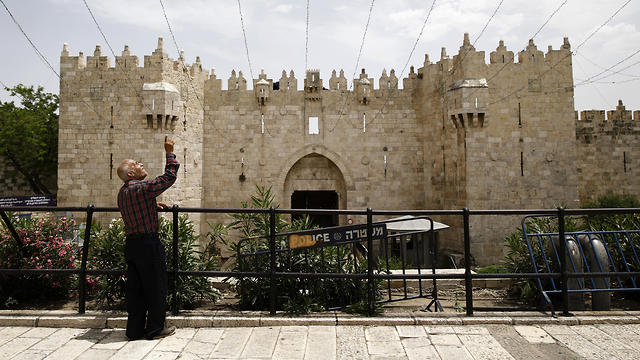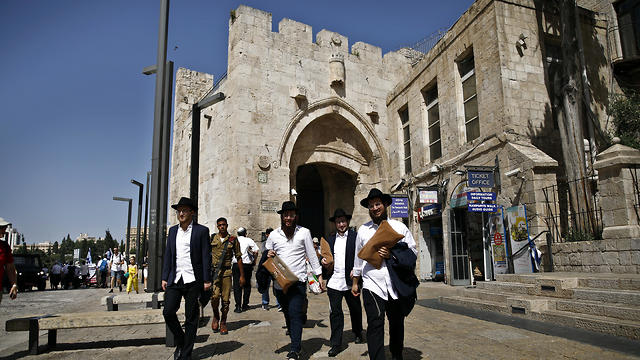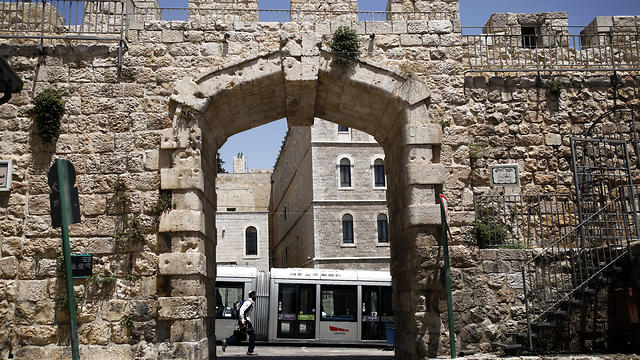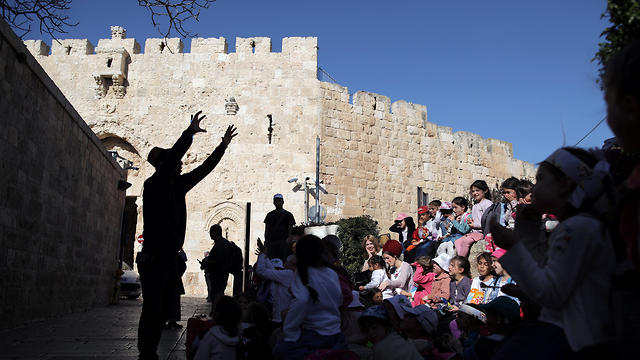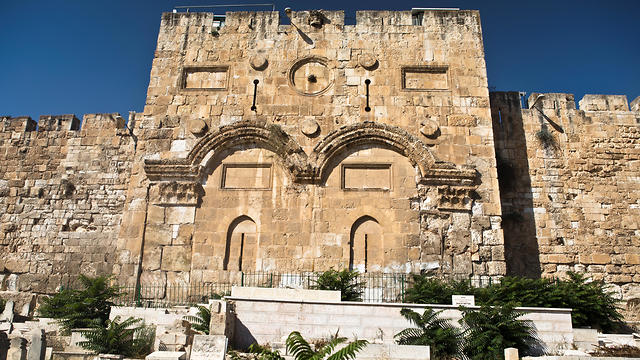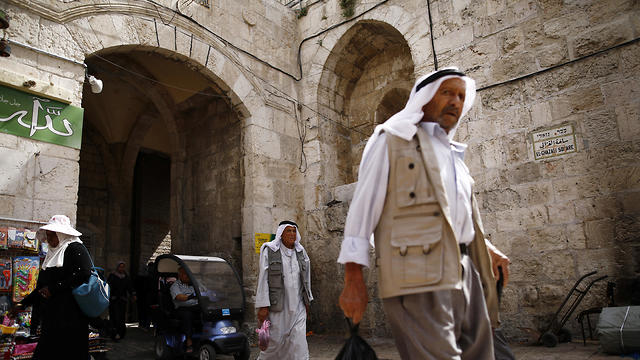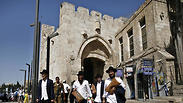

Portals to history and conflict: the gates of Jerusalem's Old City
The eight gates - seven open and one sealed - along the Old City walls were built in the 16th century by Turkish sultan Suleiman the Magnificent; since then, they have witnessed war and peace amid the bustling ancient stones of the city holy to Jews, Muslims and Christians
There are eight gates - seven are open and one is sealed - along the Old City walls that were built in the 16th century by Turkish sultan Suleiman the Magnificent.
It's always busy at Damascus Gate, the main entrance to the Muslim quarter, and at Jaffa Gate, facing west towards the Mediterranean, where local residents and tourists mix in markets lining stone alleyways.
Lion's Gate - two pairs of heraldic lions are carved on the archway - is also known as St. Stephen's Gate.
It faces east, towards ancient Jericho. It is often crowded with Muslim worshippers after prayers at al-Aqsa mosque, Islam's third holiest shrine.
Many Jewish worshippers take another route to Judaism's nearby Western Wall.
They pass through the Dung Gate, the closest entrance to the holy place, and Jewish families on their way to celebrate a 13-year-old son's Bar Mitzvah can be spotted making their way to the wall.
Security is always tight in a volatile area at the heart of the Israeli-Palestinian conflict. Israeli police patrol and closed circuit TV cameras monitor the passageways of the Old City.
Israel views all of Jerusalem, including the walled Old City that it captured in the 1967 Six-Day War, as its "eternal and indivisible" capital.
Palestinians want East Jerusalem, where the Old City is located, as the capital of a state they seek to establish in the occupied West Bank and Gaza Strip.














